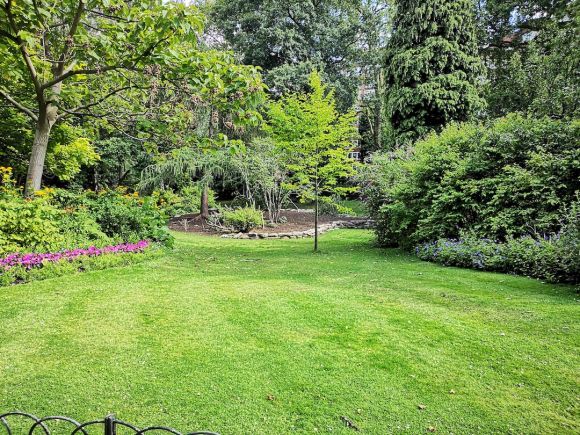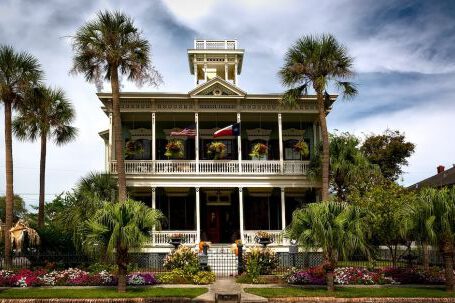Gardens are an extension of our homes, a place where we can connect with nature and find solace in its beauty. While there are various garden design styles to choose from, one that has gained popularity in recent years is the eclectic garden design. This unique style allows homeowners to blend different elements, creating a harmonious and visually stunning outdoor space. In this article, we will explore the concept of eclectic garden designs and provide some tips on how to create your own.
Embracing Diversity
The key principle behind eclectic garden designs is the embrace of diversity. Unlike traditional garden styles that adhere to a specific theme or set of rules, eclectic gardens are a mix of various elements, including plants, materials, and decorative features. This allows for a more personalized and creative approach, as homeowners can incorporate their own preferences and unique style into the design.
Blending Old and New
One of the defining characteristics of eclectic garden designs is the seamless blending of old and new elements. This can be achieved by combining vintage or antique pieces with modern furniture and accessories. For example, an old wooden bench can be paired with contemporary planters to create an interesting contrast. This juxtaposition of styles adds depth and character to the garden, making it a truly one-of-a-kind space.
Mixing Colors and Textures
Another important aspect of eclectic garden designs is the use of a wide range of colors and textures. Unlike more traditional gardens that tend to rely on a limited color palette, eclectic gardens are vibrant and diverse. Bold and vibrant hues can be used to create focal points, while softer tones can be used to create a sense of tranquility. Similarly, a mix of textures, such as smooth stone pathways and rough wooden fences, can add visual interest and create a dynamic environment.
Creating Zones
To make the most of your eclectic garden, consider creating different zones within the space. This can be done by using varying levels, such as raised flower beds or sunken seating areas. Each zone can have its own unique design and purpose, allowing you to fully utilize the available space. For example, one zone could be dedicated to growing herbs and vegetables, while another could be a cozy reading nook. This division not only adds functionality but also creates a sense of discovery and excitement as you explore the different areas of your garden.
Embracing Sustainability
In addition to its aesthetic appeal, eclectic garden designs also lend themselves well to sustainable practices. By incorporating native plants, you can create a garden that is not only beautiful but also supports local ecosystems. Furthermore, using repurposed materials, such as reclaimed wood or recycled planters, can reduce waste and minimize your environmental footprint. This commitment to sustainability adds an extra layer of meaning to your garden, making it a reflection of your values and beliefs.
In conclusion, eclectic garden designs offer a unique and creative approach to outdoor spaces. By embracing diversity, blending old and new, mixing colors and textures, creating zones, and embracing sustainability, you can create a truly remarkable garden that reflects your personality and style. So, whether you have a small backyard or a sprawling landscape, consider adopting the eclectic approach and watch your garden come to life in a way that is truly extraordinary.





